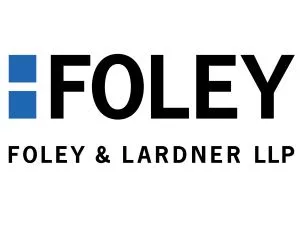- within Government, Public Sector, Criminal Law and Insurance topic(s)
- with readers working within the Healthcare industries
At the annual Home Care 100 Conference this past week, I had the pleasure of moderating a panel of top executives in the home health, hospice, palliative, and integrated primary care business models discuss leading trends in this space. Our panel consisting of Kris Novak, VP of M and A at Amedysis, Chris Hendrickson, an MD at Zeigler, and Mike Johnson, Practice President at Bayada. Each overviewed the macro and micro drivers for an expected acceleration of joint venture activity.
Four macro trends emerged:
1. Outpatient Focus - Especially within well-integrated acute care systems, focus on outpatient care has been a priority. Much of the focus centers on better outcomes at lower cost and the evolution of value-based care reimbursement and delivery models.
2. Cost and Outcome Control - Particularly amongst health plans, control, and, in some cases, actual ownership of home health, primary care and related tech delivery platforms have seen a growing emergence as a vehicle to influence utilization, overall care cost and clinical outcomes. Absent full ownership, joint ventures can achieve substantially similar results.
3. Tech Utilization - Use of technology including A.I., remote patient monitoring, care coordination software and conveners to bundle and take risk on new opportunities including Direct Contracting with CMS, have emerged. The confluence of significant investment activity in health tech with the clear tailwinds of pandemic-driven consumer preference for home-based and outpatient care will accelerate overall investment, partnerships and joint ventures among tech, home health and hospice.
4. Alignment - Against a backdrop of margin pressure for inpatient services, competing demands for capital, an evolving acceleration in value-based care, and consumer tech driven preferences for more care outside the hospitals walls, systems have been investing heavily in outpatient modalities across the board. Many times outright ownership is strategically correct as the hospital has the core competencies to manage, grow and enhance delivery of outpatient care. In other cases, including home health and hospice, the management of a mobile workforce not centralized in a facility presents more of challenge of investment, time and management that another partner might be best providing. Joint ventures, be they equity or contract-based, have emerged as strategic home health and hospice providers have paired with systems to provide expertise, management and capital to deepen and grow what might have been divisions within systems that presented opportunities for better care coordination, discharge/readmit improvement and community outreach. Joint ventures between non-profits and for profits can be more time consuming to consummate from a legal perspective, however—as they may present issues of governance, capitalization, liquidity, charity care, sale of non-profits assets, GAAP accounting consolidation, bondholder approval and other material terms that need to be addressed in advance. Nevertheless, systems are now identifying a partner which can inject expertise, capital (human and financial) and innovation that is solely focused on an area ,but without giving up the ability to influence clinical outcomes for discharged patients, as an attractive delivery model for outpatient care and outreach.
The combination of increased value-based care penetration, including Medicare Advantage, a changing fiscal dynamic at large systems with competing capital needs, and a consumer driven evolution to tech enabled home and community care will drive joint ventures and partnerships for at least the next 2 years. These partnerships are clearly an area worth exploring for all involved.
The content of this article is intended to provide a general guide to the subject matter. Specialist advice should be sought about your specific circumstances.


